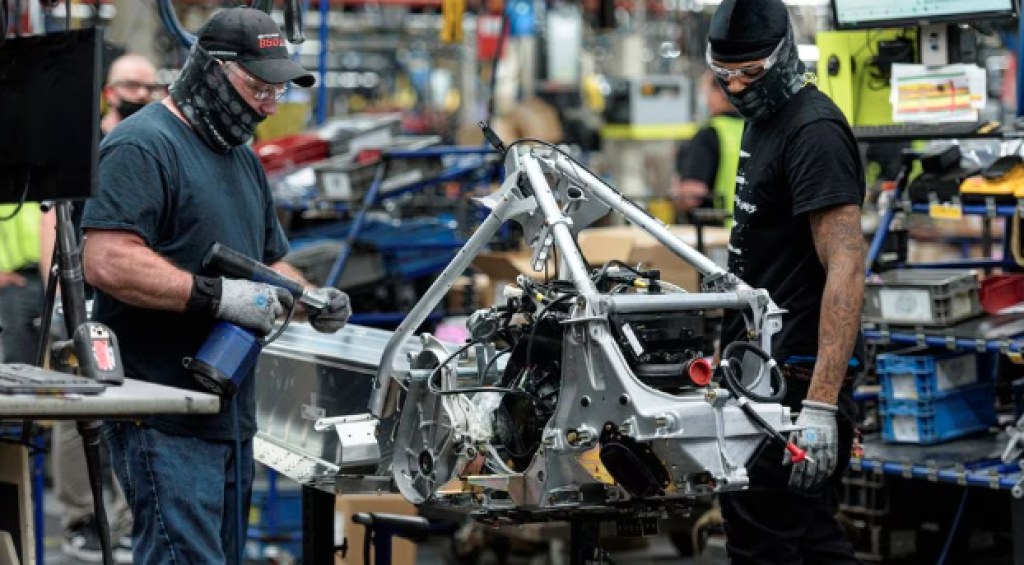Production at U.S. factories rebounded in January, but output in the prior month was much weaker than initially thought amid higher borrowing costs that are hurting the manufacturing sector.
Manufacturing output increased 1.0% last month, the Federal Reserve said on Wednesday. Data for December was revised down to show production at factories declining 1.8% instead of the previously reported 1.3%. Economists polled by Reuters had forecast factory production would increase 0.8%.
Output gained 0.3% on a year-on-year basis in January. Manufacturing, which accounts for 11.3% of the U.S. economy, has seen demand for goods, usually bought on credit, undercut by higher interest rates.
The Institute for Supply Management’s measure of national factory activity has contracted for three straight months. The Fed has raised its policy rate by 450 basis points since last March from near zero to a 4.50%-4.75% range, with the bulk of the increases coming between May and December. Two additional rate hikes of 25 basis points are expected in March and May.
Production at auto plants rebounded 0.5% in January after two straight monthly declines. There were also gains in output of long-lasting manufactured goods like machinery, computer and electronic products, and electrical equipment, appliances and components. Production of nondurable goods such as chemicals and food also increased.
Mining output rose 2.0% after declining for two straight months. Utilities production plunged 9.9% as unseasonably mild temperatures curbed demand for heating.
The increases in manufacturing and mining offset the tumble in utilities, leaving overall industrial production unchanged. Industrial output dropped 1.0% in December.
Capacity utilization for the manufacturing sector, a measure of how fully firms are using their resources, rose 0.6 percentage point in January to 77.7% in January. It is 0.5 percentage point below its long-run average.
Overall capacity use for the industrial sector slipped 0.1 percentage point to 78.3% in January. It is 1.3 percentage points below its 1972-2021 average.
Officials at the U.S. central bank tend to look at capacity use measures for signals of how much “slack” remains in the economy – how far growth has room to run before it becomes inflationary.
Source : Reuters



































































